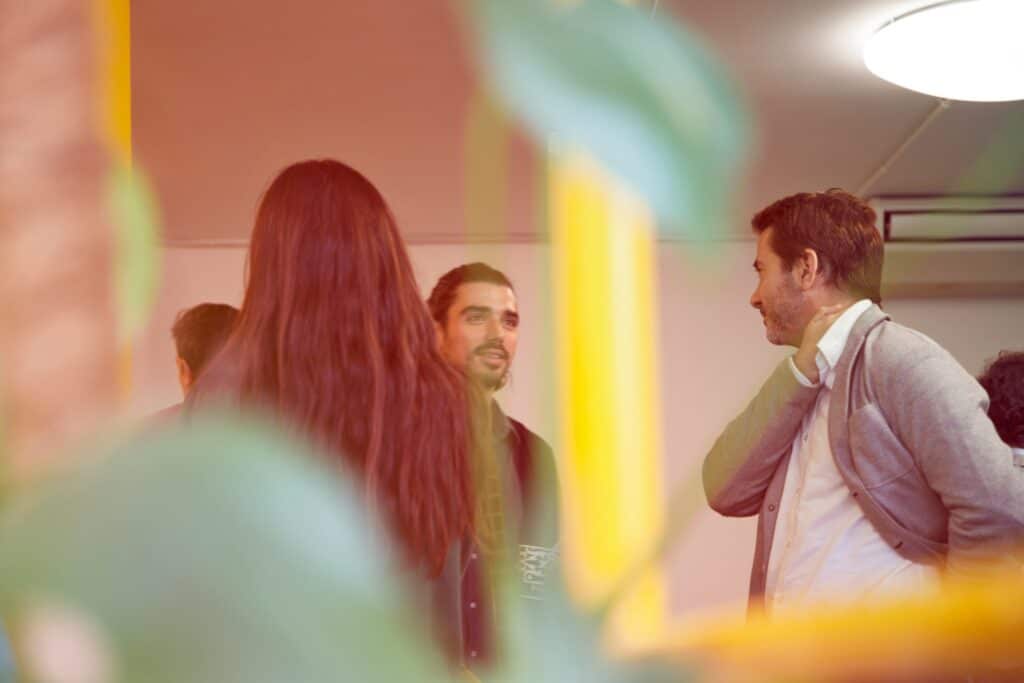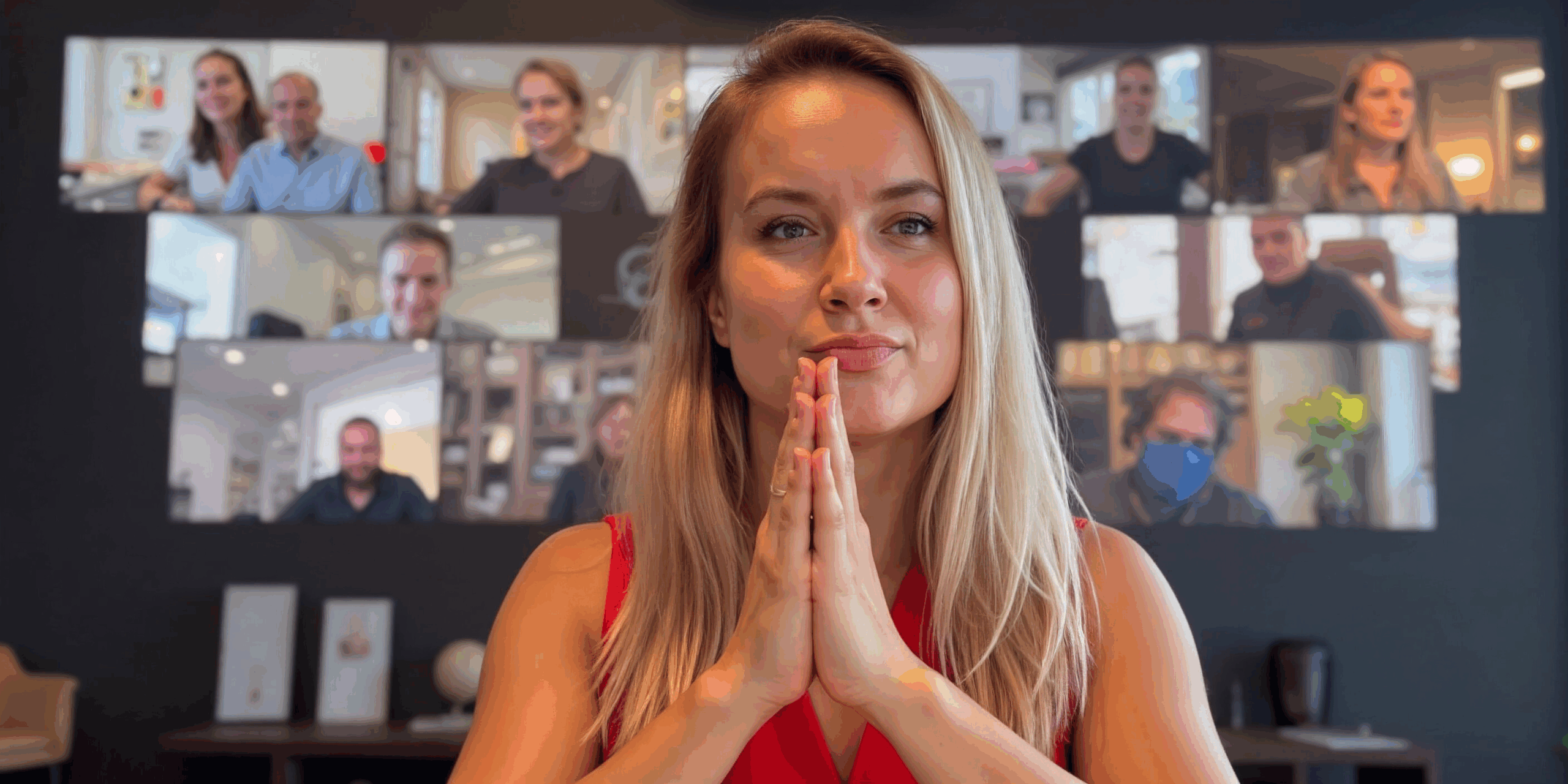You walk into a networking event in America. Everyone’s smiling, exchanging cards, shaking hands like it’s second nature. But would that scene play out the same in Paris or Berlin? Not quite. American networking has its own rhythm – bold, confident, fast. European events? Slower, subtler, but often more genuine. The question is: what can each side learn from the other?
The American way: Energy, pitch, and presence
In the U.S., networking is almost a sport. You show up ready to sell yourself: your skills, your ideas, your story. Americans are trained to connect with purpose. Every conversation can be a door to opportunity.

You’ll notice it right away:
- Smiles, eye contact, firm handshakes.
- Quick introductions with a personal twist.
- A polished “elevator pitch” ready to fire at any moment.
Networking in America is about momentum. People move fast, talk fast, and follow up fast. There’s an unspoken rule: if you don’t promote yourself, no one else will.
Confidence over caution
Americans tend to approach strangers without hesitation. They’re not afraid to speak up, even in a crowded room. A clear, energetic pitch signals competence and drive. That kind of confidence is admired, not seen as arrogance.
This confidence often translates to access. A young entrepreneur can walk up to a CEO, chat for five minutes, and walk away with a contact. In Europe, that same situation might seem too forward or disrespectful.
Networking as a skill
For Americans, networking is part of the professional toolkit. It’s taught in schools, practiced in college, and polished in the workplace. Events are designed to connect — often structured with speed rounds, icebreakers, or themed mixers.
The European style: Trust before talk
Europeans, on the other hand, take their time. Networking is focused on building trust, not just a list of contacts. You won’t hear as many rehearsed pitches or rapid-fire introductions. The energy feels calmer, more measured.
Here, relationships develop organically. Business often follows friendship, not the other way around. You’ll notice different social codes:
- Subtle introductions.
- Conversations that focus on shared interests, not self-promotion.
- Fewer follow-ups — but deeper ones when they happen.
Reserved, but real
Europeans value authenticity. Loud enthusiasm can feel forced. Too much self-promotion can raise eyebrows. A calm, thoughtful exchange feels more trustworthy.

That doesn’t mean Europeans lack ambition. They just show it differently. They rely on credibility and consistency rather than charisma. A conversation might take longer to happen, but once it does, it carries weight.
The role of context
Culture plays a big part here. In Europe, hierarchy still matters in many industries. The context of where and how you meet someone often defines how you can interact. Titles, expertise, and reputation come before a casual chat.
In America, everyone’s on a first-name basis by the end of the night. In Europe, it can take several meetings before you get there. That slower pace may seem old-fashioned, but it often leads to stronger long-term bonds.
What each side can learn
Both worlds have their strengths — and blind spots. Americans excel at creating opportunity. Europeans excel at nurturing it. The sweet spot sits somewhere in between.
What Europeans could steal from the U.S.
- The art of the pitch: Having a clear, engaging self-introduction helps you stand out.
- Follow-up culture: A quick thank-you message or LinkedIn note keeps momentum alive.
- Openness to chance: Not every chat needs an agenda. Sometimes a spontaneous connection turns into something big.
What Americans could borrow from Europe
- Listening more than talking: Europeans let conversations breathe. They don’t rush to impress.
- Relationship patience: Trust takes time. Letting it grow naturally often leads to more meaningful collaborations.
- Less performance, more presence: Not every event is a pitch stage. Sometimes, just being genuinely interested is enough.
If you network like an American, you’ll meet everyone. If you network like a European, you’ll remember someone. The trick is to do both.


